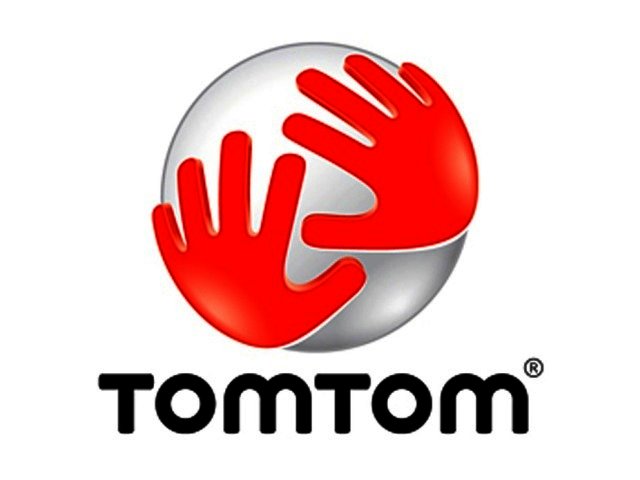PREVIOUS ARTICLENEXT ARTICLE
NEWS

TomTom reveals how much time HD traffic saves commuters
By Ryan Noik 1 June 2012 | Categories: news
Two years after announcing its HD traffic service, TomTom this week shared how much time commuters using the service were saving, while gave a more detailed rundown of GPS historical data for major, main and secondary road networks in South Africa.
The first key finding shared by the company was that use of its TomTom Live service, which combines the intelligent routing of IQ Routes with real-time traffic feeds, was resulting in a saving of 1716 minutes (28.6 hours) in commuter travel time annually.
Additionally, the company revealed that it had 350 000 units in the local market, all of which were anonymously collecting navigational info. TomTom’s ‘family’ of users were also constantly submitting updated street information to TomTom, which was subsequently being shared with all other users.
Name that street
The most common submission was related to incorrect street names, for which the company joked “it had the South African government to thank.”
This was followed by incorrect speeds, missing Points of Interest and then roads that were either blocked or unblocked.
Together, the top twenty contributors made 3760 submissions in 2011, while one unnamed woman stood out by making a staggering 276 reports in a single year, almost one report every day for nine months.
“Worldwide over five billion unique road measurements are recorded on a daily basis, making TomTom the global leader,” commented Daan Henderickx, country manager of TomTom South Africa.
Flow findings
Of particular interest though, were the findings around traffic flow. According to TomTom, the N1 North road section from Buccleuch to Old Johannesburg Road off ramp was arguably the busiest road section. Taking into account the Gauteng Freeway Improvement Project (GFIP) deployment on this road section, TomTom’s traffic team found that:
- Overall average travel time on this road section has been reduced by 50%. What used to be an average travel time of 23 minutes throughout the day, can now be done in just under 13 minutes due to the GFIP project.
- The 85th percentile evening peak commuter has an impressive average saving of 20 minutes daily for this road section.
- Before GFIP, the average driving speed ranged between 10 and 85 km/h which has increased to 65 and 110 km/h after the completion of the initiative.
- After the redesign of the Allandale intersection the average speed improved by 70 km/h during afternoon peak time.
- In the past the Buccleuch to New Road offramp trip used to take average 15 min, but has now improved to as little as five minutes during afternoon peak hours.
- New Road in Midrand has not substantially benefitted from GFIP as the travel time across this section remains the same.
The company pointed out that the historical traffic data, which it relies on to provide users with the most optimal route to their destination, can also be used by “a variety of traffic planners and engineers to identify bottlenecks and prove the effectiveness of road network changes.”
Car crush becomes car celebration
The company simultaneously celebrated its two years of HD Traffic with the largest traffic jam of 13 243 toy cars, beating Spain’s previous record of 12 500.
The toy cars were laid down in the famous Bacela Street, Soweto, within a few meters of the homes of Noble Peace Prize Winner and previous South African President, Nelson Mandela and Archbishop Desmond Tutu.
Happily though, the toy cars were destined for more important fates than staying on a stretch of road. They were subsequently donated to charities in Johannesburg, including Santa’s Shoebox, a non-profit organization that collects and distributes Christmas gifts to underprivileged children throughout South Africa.
To the point
“We are very proud of this important milestone that has been reached today, and this is mainly due to the continuous improvement of our HD Traffic service,” added Henderickx.
The good news is that morning and evening peak hour congestion in Johannesburg appears to be improving according to TomTom. Sadly, it appears not all cities are so fortunate, with Durban apparently experiencing an increase in congestion during peak hours.
Having sat in more than our fair share of ninety minute to two hour traffic jams, the fact remains that any time spent in traffic remains both a burden on the environment, and a monumental waste of time, and thus amounts to a loss of productivity that we believe is simply unsustainable.
For these reasons, we were particularly heartened that for the most part, congestion appears manageable, even if no-one has yet figured out how to eliminate it altogether.
USER COMMENTS
Most Read Articles
Read

Magazine Online
TechSmart.co.za is South Africa's leading magazine for tech product reviews, tech news, videos, tech specs and gadgets.
Start reading now >
Download latest issue
Have Your Say
What new tech or developments are you most anticipating this year?
New smartphone announcements (44 votes)
Technological breakthroughs (29 votes)
Launch of new consoles, or notebooks (14 votes)
Innovative Artificial Intelligence solutions (29 votes)
Biotechnology or medical advancements (24 votes)
Better business applications (160 votes)



